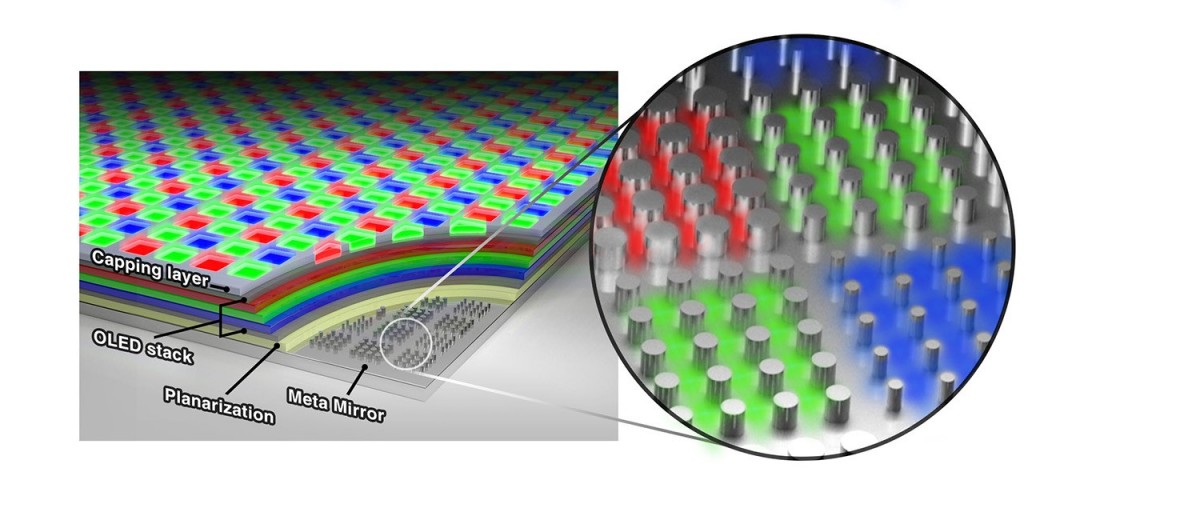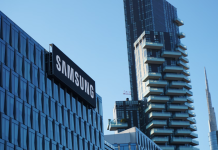Korean tech giant Samsung has teamed up with engineers from Stanford University to create a display which is touted to be the highest pixel density display in the world. The display which will soon be officially showcased is said to present with an unprecedented 10,000 PPI.
The display utilises a technology that leverages on ultra-thin solar panels which in turn gave birth to a never-be-seen architecture in terms of OLED displays. While the practical application may be a long time from becoming a reality, Samsung says, in theory, the display could be used for smart TVs as well as VR headsets and smartphone displays. The display will be particularly useful for VR headsets as it will reportedly eliminate the so-called screen door effect which can be seen in almost all VR headsets that are currently available to buy. The screen door effect appears as a gap between individual pixels which is noticeable because our eyes are just centimetres away from the screen. Presently, there are no screens dense enough to eliminate the gap.
The new OLED display technology depends on films to emit white light. It features a silver layer coupled with one that’s made of reflective metal changing the reflective properties and enabling specific colors to resonate. This results in a high-density display without a resultant adverse loss of brightness.
One challenge this tech may encounter when discussions centre of the practicability is the large number of pixels that have to be driven. If Samsung succeeds in bringing the display to consumer, computing power may pose some issues due to the pixels that have to be driven. We await further details from the term to see how they hope to make this commercial.
UP NEXT: POCO C3 for Rs 7,499 (~$102) brings 6.53-inch display, Helio G35, 13MP triple cameras and 5,000mAh battery







